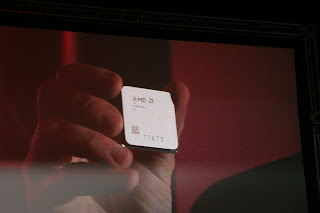The personal assistant application on Apple’s iPhone 4S has leaked its own ability to speak Japanese, according to a few tipsters.
The screenshots above (courtesy of 9to5mac) are testimony that Siri is now able to speak Japanese, although the feature may not be fully enabled just yet.
The Siri FAQ states that “Siri understands and can speak” English (United States, United Kingdom, Australia), French (France), and German (Germany), and that in 2012 Siri will support additional languages.
Those are Japanese, Chinese, Korean, Italian, and Spanish, though Apple hasn’t confirmed support for these just yet.
For those asking if they can use Siri in any of these languages in other countries, the answer is Yes. The service does keep track of your location when you ask for location-based answers, but that doesn’t mean Siri will lose here ability to understand plain English when you travel to Japan, for example.
“Yes. Siri can be enabled in any country, and you can choose to speak to it in English, French, or German,” Apple says. “However, Siri is designed to recognize the specific accents and dialects of the supported countries listed above. Since every language has its own accents and dialects, the accuracy rate will be higher for native speakers,” the company explains.
But don’t worry if Siri doesn’t fully understand everything during its first days of speaking Japanese. As the FAQ states, “the more you use Siri, the better it will understand you.”
“It does this by learning about your accent and other characteristics of your voice. Siri uses voice recognition algorithms to categorize your voice into one of the dialects or accents it understands,” reads the FAQ. “As more people use Siri and it’s exposed to more variations of a language, its overall recognition of dialects and accents will continue to improve, and Siri will work even better.”



 2/14/2012 11:58:00 PM
2/14/2012 11:58:00 PM
 dannzfay
dannzfay















































